Italy, famous of Venice (the beautiful city surrounded by the Adriatic Sea), Leaning tower of Pisa (people have fun there with creative photography), Rome (the capital city) and many more such beautiful places, which are popular in the world for their rich history and masterpieces of art and architecture. From beautiful architect homes to beautiful villages, epic beaches, amazing nightlife and unspoiled countryside, there are enough places to visit in Italy to last a lifetime. Stunning cities such as Rome, Venice, Florence, Milan and Verona will fascinate you with their beauty, architecture and, of course-delicious food. But the question is what are the top places you can visit in Italy if you have limited time.
Here we have collected Top 15 best places to visit in Italy.
Italy’s top attractions for tourists are not all art and architecture, the country is blessed with lakes, mountains, and a dramatic coastline that give it outstanding natural attractions, as well.
1. Colosseum
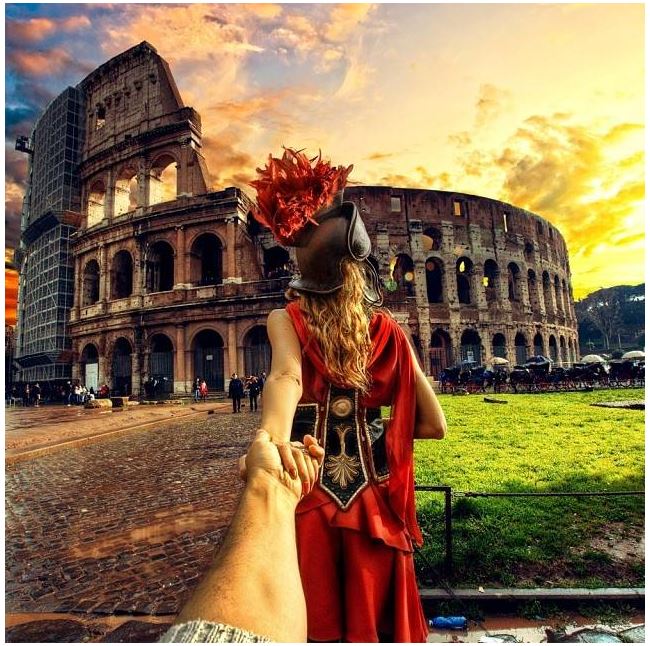
An oval amphitheater in the center of the city of Rome. For travelers making their way through Italy, the Colosseum is a must visit place, tourist love to be clicked there. Built of concrete and sand, this huge Amphitheater is the largest of its kind ever built by the Roman Empire and has remained a model for sports facilities right up to modern times. It had a wooden floor that was 83 by 48 meters. Underneath it were two stories of tunnels, rooms, cells, and passages for gladiators, workers, wild animals, and storage. Although partially ruined because of damage caused by earthquakes and stone-robbers, the Colosseum is still an iconic symbol of Imperial Rome. Today, the structure stands in stark contrast to the modern development ans is one of Rome’s most popular tourist attractions and has also links to the Roman Catholic Church, as each Good Friday the Pope leads a torch-lit “Way of the Cross” procession that starts in the area around the Colosseum.
2. Venice Canals
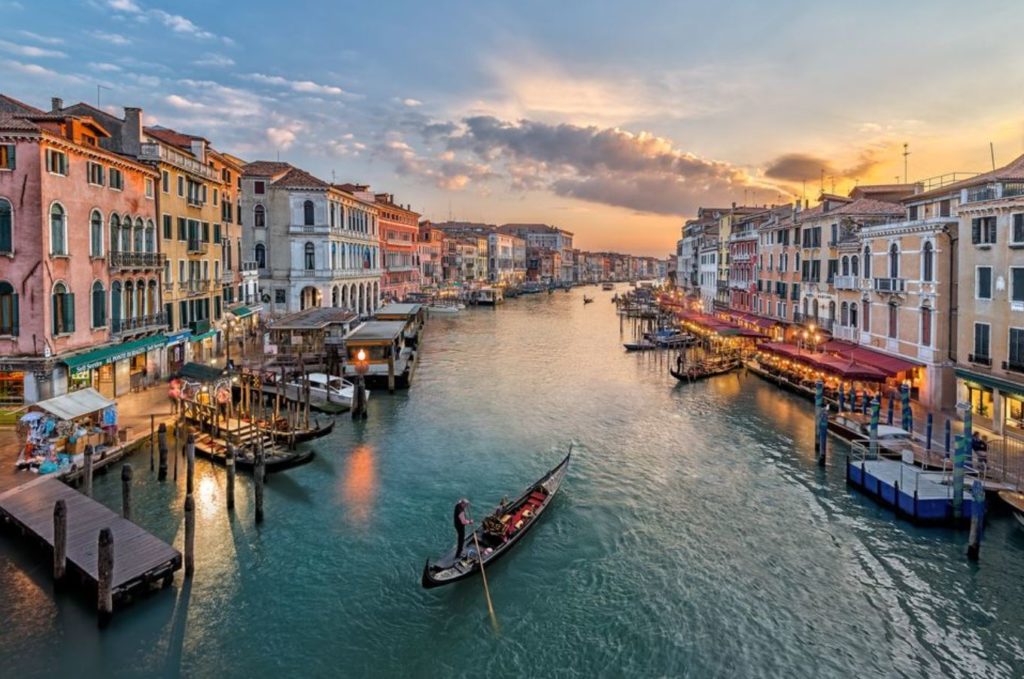
Venice is world-famous for its canals and ice lands, it is built on an archipelago of 118 islands formed by about 150 canals in a shallow lagoon. Which makes the city a collection of tiny islands connected by bridges and walkways. A gondola ride through the canals of Venice is a tradition that travelers have been enjoying for centuries. Lining the canals are old buildings that have remained relatively unchanged for hundreds of years, adding to the romantic charm. The Grand Canal is the most famous of these waterways and one of the most photographed sites in Venice. The best way to see many of the grand palaces, whose fronts face the water, is from a Vaporetto ride along the Grand Canal. This is to inform you that it’s forbidden to swim in the canals of Venice and that people swim only at Lido beach or sometimes in remote areas of Venice lagoon (more open water), but not near the houses (consider that the canals are the “streets” of Venice and also the sewer. so you risk your life swimming in the small canals!)
3. Leaning Tower of Pisa
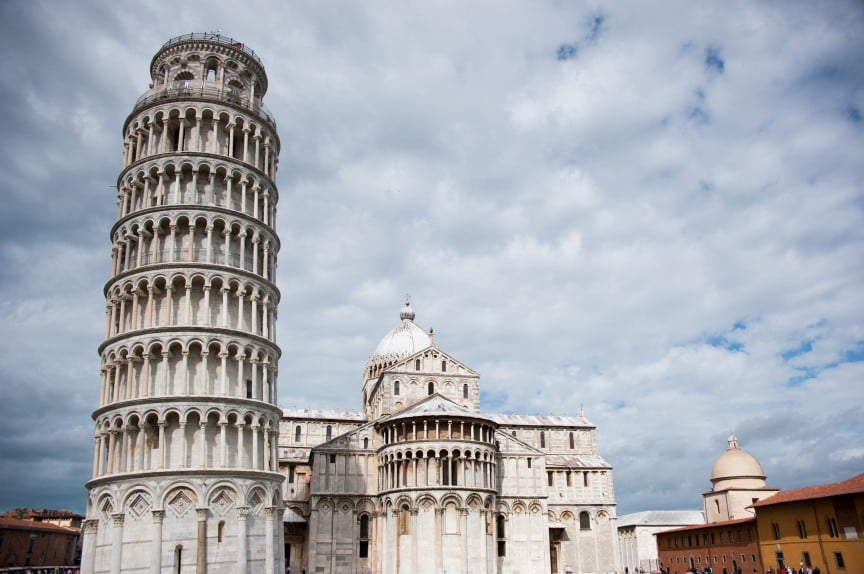
One of the favorite destination of all tourist in Italy is “The Leaning Tower of Pisa” do you know, its fame, gained from its flaw, is world renown. Work began on the tower in the 1100s, and the sinking, which led to the lean, began by the time the tower reached the third story. Prior to restoration work in the 1990s, it was predicted to topple over by the year 2000. Today, visitors can climb up the stairs of the tower for a fabulous view over the city. The Leaning Tower, also known as La Torre Pendente, stands on the Piazza dei Miracoli, a setting it shares with the beautiful Romanesque Cathedral of Santa Maria Assunta and a round freestanding baptistery. Each of these features outstanding works of medieval stone carving.
4. Pompeii
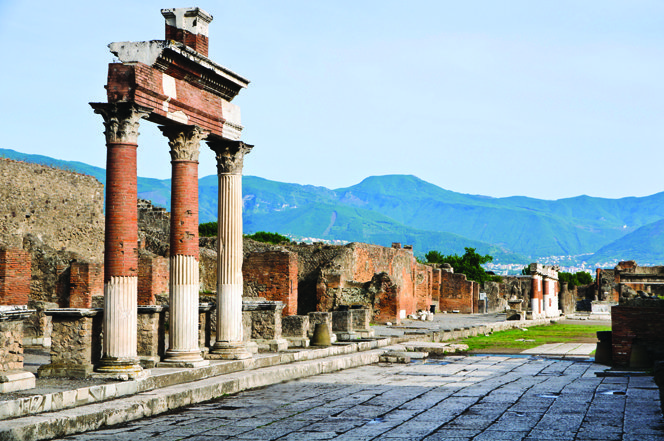
One of the most exciting tours possible dealing with Roman archaeology. A unique insight into everyday life in the Roman Empire. The ruined city of Pompeii lies at the foot of Mount Vesuvius, the volcano whose eruption in AD 79 engulfed and subsequently encased the city in six meters of ash and pumice-stone. But that same eruption also preserved many of the city’s art treasures, frescoes, mosaics, and sculptures that were encased in the lava as it cooled. Several centuries of excavations have revealed the remains of houses, markets, baths, temples, theaters, streets, and human remains. Visitors can tour the site, walk along the old streets scarred by the tracks of chariots, and see the engineering used by Romans more than 2,000 years ago. The feeling is inescapable that when the eruption came, everyone had been in the middle of going about their normal daily business, never dreaming that their last acts would become a window into history. Pompeii is easily reached from Naples or Sorrento and even as a day tour from Rome.
5. Lake Como
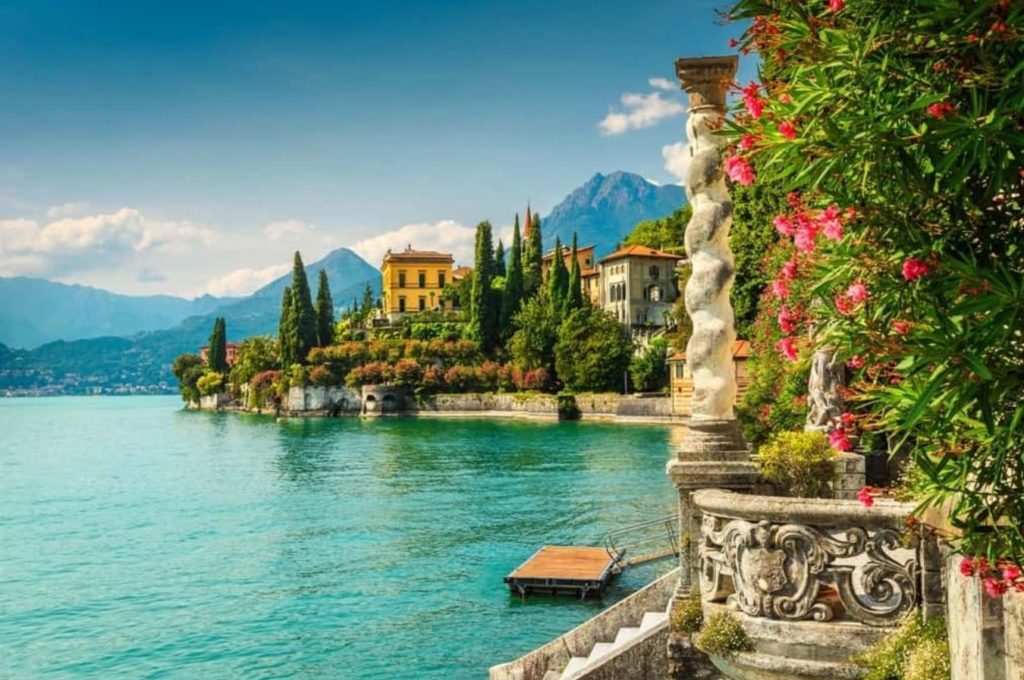
Lake Como is one of Italy’s most scenic areas. Envisage deep blue waters sheltered beneath commanding, luscious green mountains and traditional Italian lakeside villas perched effortlessly on the sloping hills, and you have the magnificent Lake Como. A haunt of the wealthy since Roman times, the lake has many opulent villas and palaces along its wooded shores, many of them surrounded by gardens that are open to the public. The mild climate that makes the lake shore ideal for gardens is also a draw for tourists, with characteristics similar to that of the Mediterranean. Along with the resort towns around the lake, there’s an 11th-century abbey. Situated in the Lombardy region of northern Italy, and not far from the hustle and bustle of Milan, Lake Como is a paradise to escape to for tourists and Italians alike.
6. Amalfi Coast
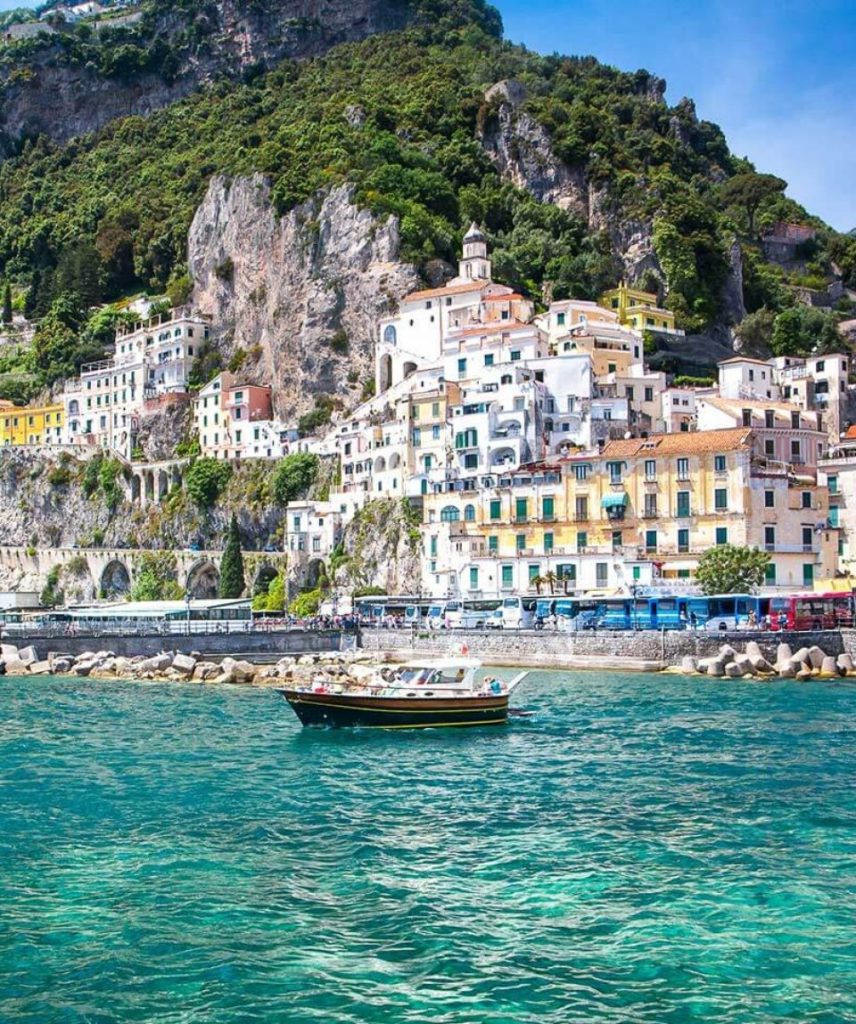
Every year about 5 million people crowd onto the Amalfi coast to experience its UNESCO world heritage landscape and culture, sample its mouth-watering cuisine, and walk in the footsteps of celebrities past and present. Amalfi Coast is a stunning stretch of coastline along the Sorrentine Peninsula, south of Naples and Sorrento. Hillside towns are built precariously along the steep mountainsides that cascade down to the sea. The main towns along here are Positano and Amalfi, with its colorfully domed cathedral. You can tour the coast by road or hop between towns by boat for different perspectives of the dramatic and almost vertical shore.
7. Cinque Terre
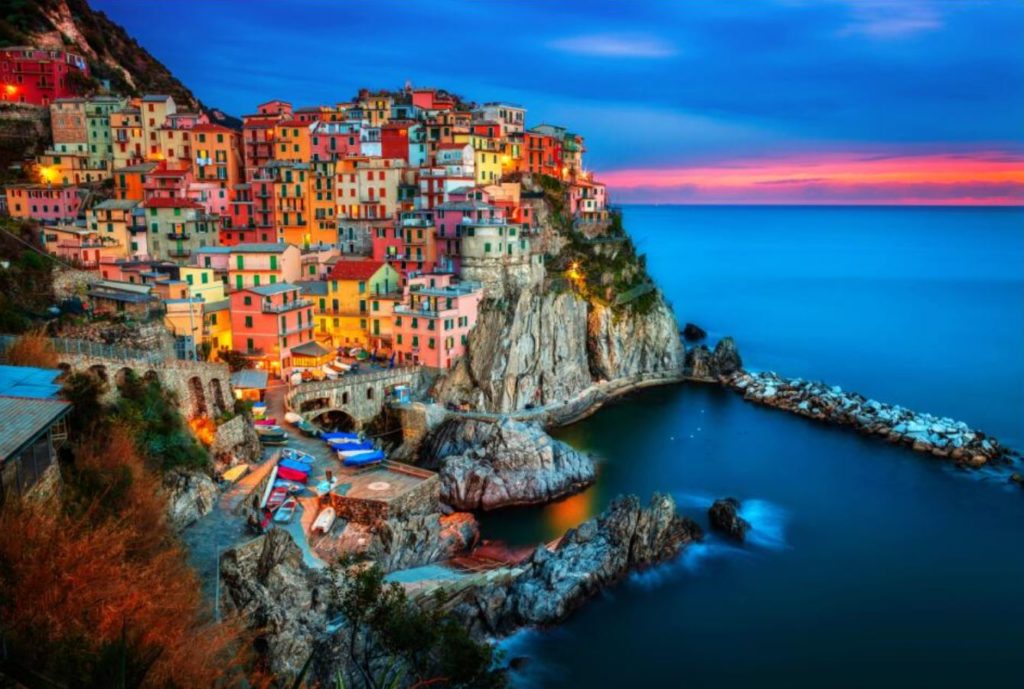
Cinque Terre is a lovely coastal region with steep hills and sheer cliffs overlooking the Mediterranean. The five picturesque villages of Monterosso al Mare, Vernazza, Corniglia, Manarola, and Riomaggiore can be reached by several means, joined to each other by walking paths, a railroad that tunnels through the headlands to emerge at each town, or a scenic narrow road high on the hillside above. Hiking between the villages is one of the most popular things to do as it gives travelers the chance to enjoy the landscape. The small towns have maintained a feel of old-world fishing villages and offer a sense of remoteness even in the face of modern tourism. So after hopping off the train, grab yourself some of that famed Italian gelato, take a dip in the Mediterranean sea and pose up a storm in front of this colourful little beauty. For a little ramble to work off that ice cream, head on the ‘Lovers’ Trail’ that goes between Manarola and Riomaggiore, which is especially picturesque at sunset.
8. Florence Duomo Santa Maria del Fiore
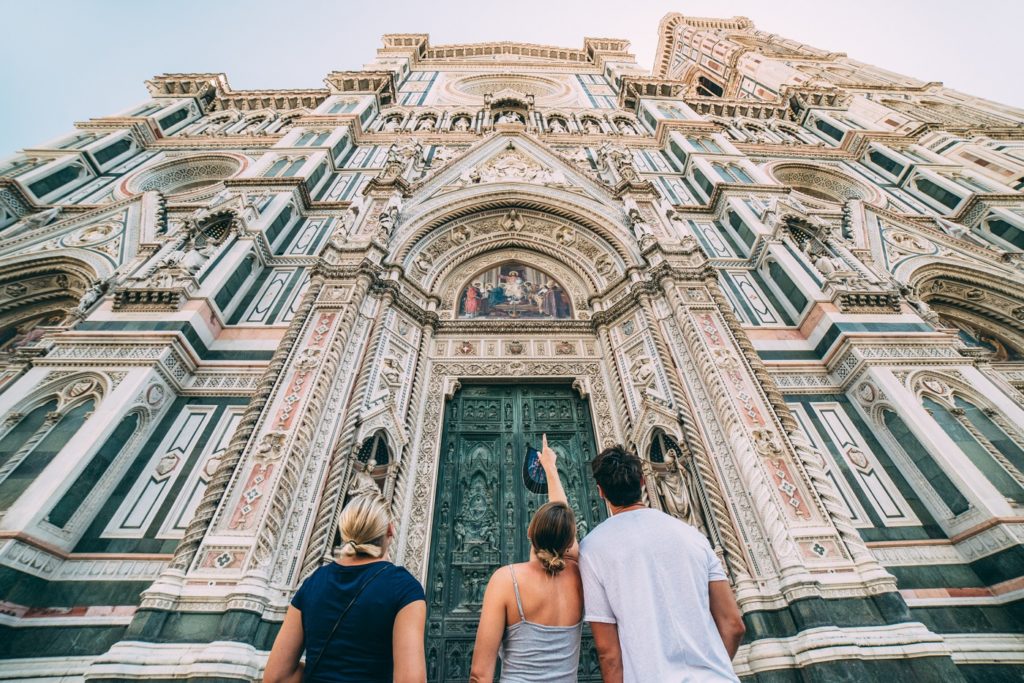
Regarded as one of the finest cathedrals in the world, the Duomo Santa Maria del Fiore, or the Cathedral of Santa Maria del Fiore, dominates the Florence skyline. The cathedral was built between the 13th and 15th centuries, with the most famous piece being the extraordinary dome, completed by Filippo Brunelleschi in 1434. The cathedral’s bell tower stands close beside the cathedral in Piazza del Duomo, covered in the same patterned marble typical of Tuscan Romanesque architecture. Designed by Giotto, the campanile stands 82 meters tall and can be climbed. Its 414 steps lead up to a viewing platform with fantastic views of the city. Opposite the Duomo is a magnificent baptistery, famed for its bronze paneled doors.
9. Vatican City
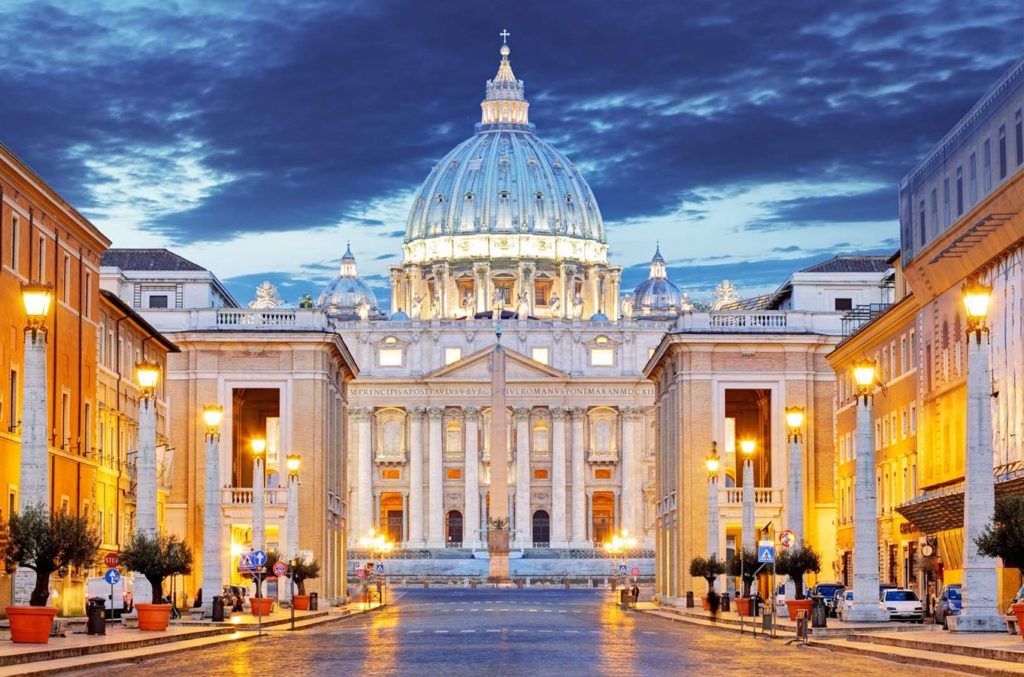
The Vatican is home to some of the world’s most priceless art and art collections. The centerpiece is the great Basilica of St. Peter, with the tomb of St. Peter and one of Michelangelo’s most poignant works, the Pieta. Outside is St. Peter’s Square, where the Pope addresses followers. The Sistine Chapel is famous for its wall and ceiling paintings by Michelangelo, and in the Vatican Museum, you’ll see works by many of Italy’s other most famous artists.
10. The Uffizi Gallery
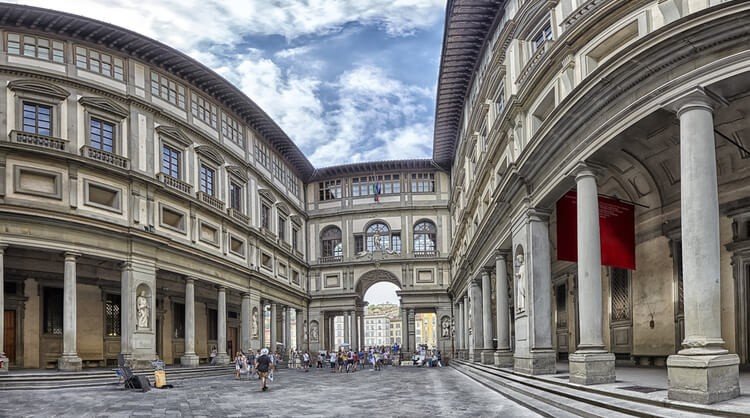
In addition to being one of the world’s foremost art museums, the Uffizi is a one-stop history of Italian Renaissance art. Although it contains works by some of the great masters of western art, its greatest treasure is its collection of paintings that show step-by-step the evolution in painting that occurred here from the 14th to the 16th centuries. Here, you will see the first experiments with perspective, as well as some of the early portraits as painters moved beyond religious art, and some of the first use of naturalistic and scenic backgrounds in religious art. Be sure to see the Uffizi’s most famous work: Botticelli’s Birth of Venus.
11. St. Mark’s Basilica
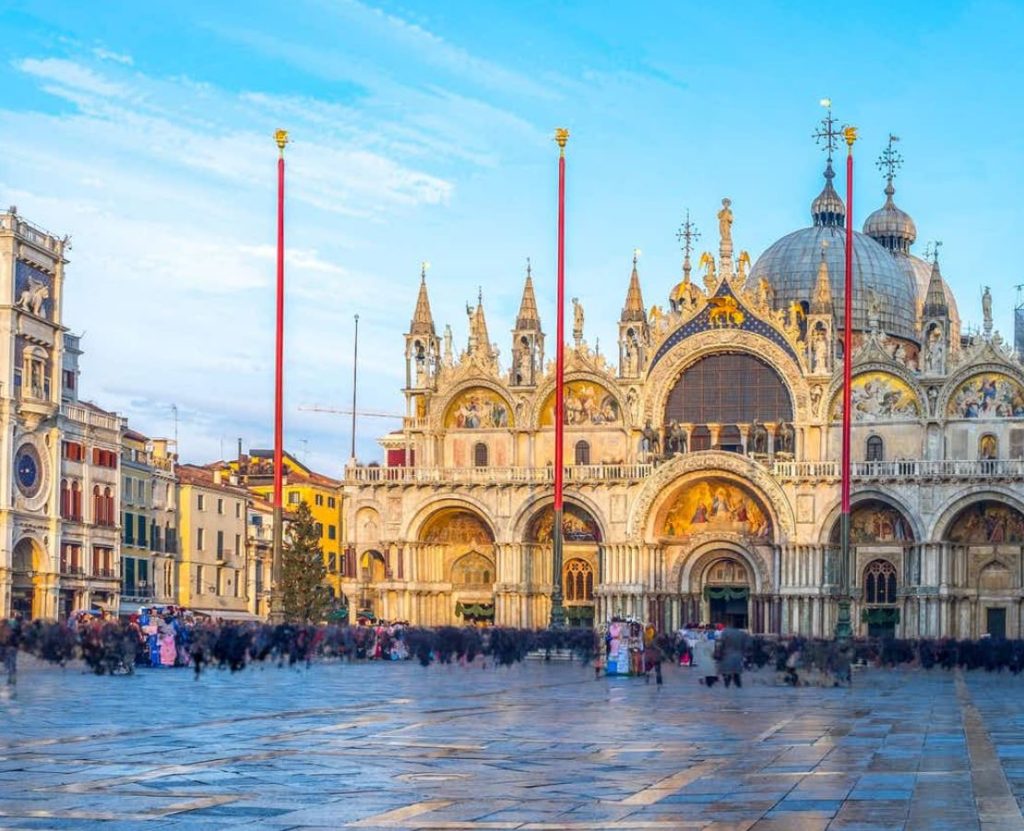
One of the most important tourist sites in Venice is St. Mark’s Basilica. Most visitors in Venice will find themselves in the famous square, Piazza San Marco, in front of the basilica, looking at the main west-facing facade. The building itself is a work of art, with a mix of architectural styles heavily influenced by the Byzantine Empire, showing Venice’s long trade connections to the East. Highlights of the vast interior are the mosaics and the high altar, covered in gold and jewels. Next to the basilica is the Doge’s Palace, also filled with priceless masterpieces of Italian art.
12. Pantheon
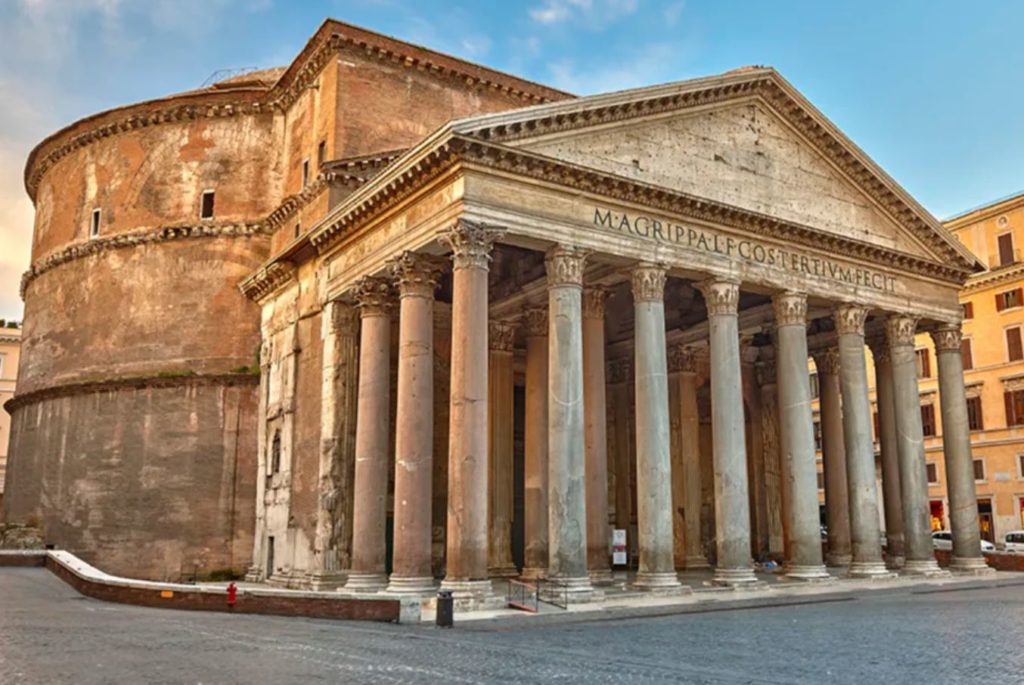
The Pantheon, an exceptionally well preserved remnant from Roman times, reveals the incredible architectural achievements of the Roman Empire. The precise proportions of the building, with the height equal to the diameter, and a single beam of light penetrating the room from the top of the dome, give the room a unique character. Italian Kings, the Renaissance painter Raphael, and other great Italians are buried in the Pantheon.
13. Roman Forum
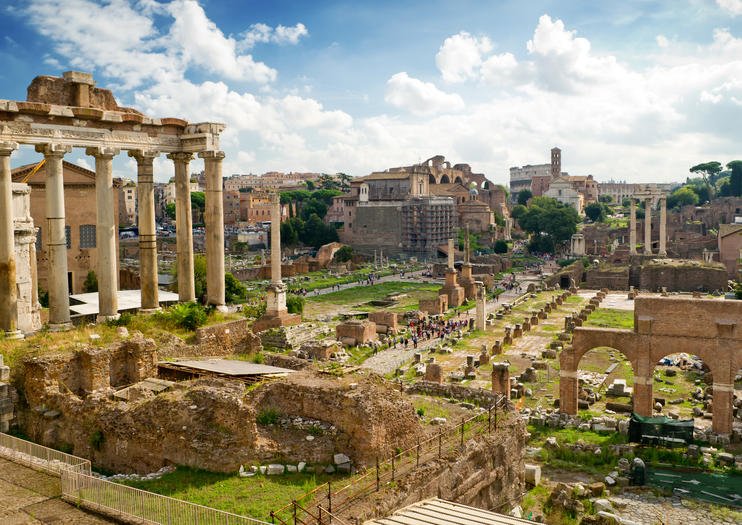
The Roman Forum may require a little imagination to understand exactly what this area once looked like. However, its historical significance as the heart of the Roman Empire cannot be overstated. Pillars, partial structures, and foundations of former temples, market halls, courts, and public buildings pay tribute to Ancient Rome, which stood here for a thousand years.
14. Milan Duomo
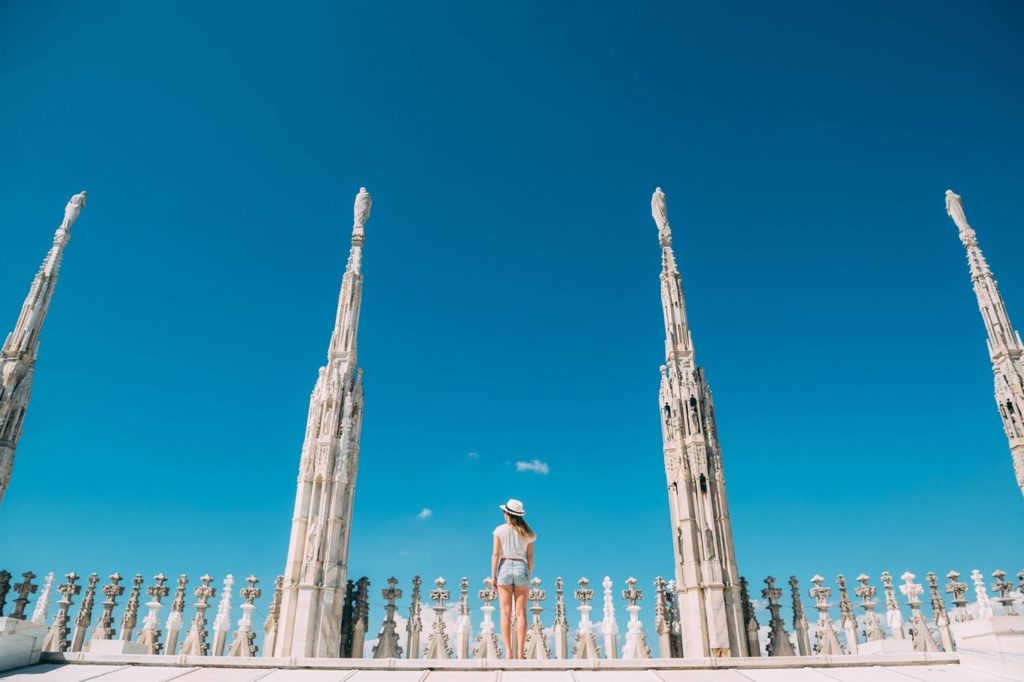
Milan’s magnificent Cathedral of Santa Maria Nascente, “Il Duomo” to the locals, is one of the world’s largest churches and probably the best example anywhere of the flamboyant Gothic style. Its statue-studded façade (the exterior of the cathedral has a grand total of 2,245 marble statues) and the 135 carved stone pinnacles that crown its roof make quite a first impression, which is reinforced as you step inside. Fifty-two immense pillars support the soaring ceiling of the nave, and its walls are decorated by the world’s largest stained glass windows. Highlights in the nave are the tomb of Gian Giacomo Medici and a 12th-century bronze candelabrum. Below the high altar is the crypt and the octagonal chapel with the gold reliquary of San Carlo Borromeo. Under Piazza del Duomo, and reached by stairs near the entrance, are the foundations of a fourth-century baptistery and basilica. An elevator will take you partway to the roof, where you can walk at a dizzying height among the carved stone pinnacles.
15. Capri
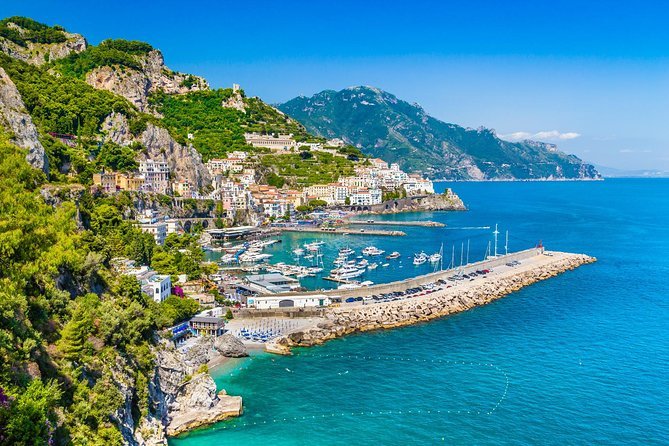
The Blue Grotto is one of the most visited spots in all Italy, but there are other reasons for taking the short boat ride from Naples, Sorrento or the Amalfi Coast to the fabled Isle of Capri. The steep rocky island juts from an intensely blue sea, its craggy cliffs softened by green pines and tropical plants. The Blue Grotto is only one of the sea caves that cut its cliffs, and the best way to see these, along with the three signature rocks off the south coast known as the Faraglioni, is on a boat tour around the island. Several villas and gardens are open to tourists, and walking trails invite exploration. From almost anywhere on the island you can be certain of a good view.
Hope you like the article share this friends and family who willing to plan recent trip to Italy. If you are a solo traveler you like exploring.
